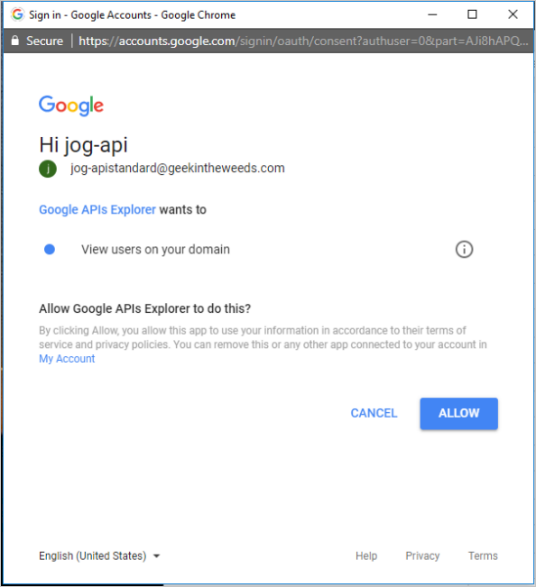Understanding Web Phishing: A Case Study
페이지 정보

본문
 Phishing has become one of the most prevalent cybercrimes over the past few years, significantly impacting individuals and organizations alike. This case study explores the mechanics of web phishing, the implications for victims, and the measures that can be taken to mitigate risks.
Phishing has become one of the most prevalent cybercrimes over the past few years, significantly impacting individuals and organizations alike. This case study explores the mechanics of web phishing, the implications for victims, and the measures that can be taken to mitigate risks.Background
In 2022, a medium-sized e-commerce company, EcoBooks, became the target of a phishing attack that disrupted its operations and compromised customer data. The incident began when employees received emails that appeared to be from their IT department. The messages urged them to click a link to "verify their account" due to an alleged security breach. Unfortunately, the link redirected users to a convincing yet fraudulent website designed to capture their login credentials.
The Attack
The attackers meticulously crafted the phishing emails to mimic legitimate corporate communications. Each message included the company's branding, language commonly used in internal communications, and a sense of urgency to encourage immediate action. Upon clicking the link, employees were taken to a fake EcoBooks login page, where they entered their credentials, believing they were protecting their accounts.
The phishing website was operational for less than 48 hours before being taken down, but during that time, several employees unknowingly provided their usernames and passwords. The attackers quickly accessed the company's internal systems, resulting in unauthorized transactions and further phishing attempts targeted at EcoBooks’ customers.
Impact on EcoBooks
The ramifications of the attack were multifaceted. Firstly, EcoBooks faced considerable financial loss, estimated at over $500,000 due to fraudulent transactions and an emergency response to secure their infrastructure. The company also suffered reputational damage, as news of the breach spread across social media and industry forums.
Customers were notified of the breach, leading to a loss of trust. Many decided to switch to competitor platforms, fearing for the safety of their personal information. EcoBooks offered credit monitoring services to its affected customers as a goodwill gesture, but the damage was significant.
Mitigation Strategies
Following the attack, EcoBooks recognized the urgent need to bolster their security protocols. They implemented a multi-faceted strategy that included:
- Employee Training: EcoBooks launched regular training programs to educate employees about recognizing phishing attempts. Simulated phishing attacks were executed to increase awareness.
- Two-Factor Authentication (2FA): The company mandated 2FA for GOOGLE DELETE PHISING all employee accounts, adding an additional layer of security that would prevent unauthorized access even with compromised credentials.
- Email Filtering Solutions: They invested in advanced email filtering software to detect and block phishing attempts before they reached employees’ inboxes.
- Incident Response Plan: EcoBooks developed a comprehensive incident response plan, allowing them to react swiftly to any future cybersecurity incidents and minimize potential damage.
Conclusion
The EcoBooks phishing case serves as a stark reminder of the vulnerabilities present in today’s digital landscape. With evolving phishing tactics, it is critical for organizations to prioritize cybersecurity training and implement robust security measures. By learning from such incidents, businesses can better protect themselves and their customers from the ever-present threat of phishing attacks.
- 이전글경정결과동영상【 LTE833。COM 】경륜운영본부 25.04.17
- 다음글The Biggest Sources Of Inspiration Of Buy A Category B+ Driving License 25.04.17
댓글목록
등록된 댓글이 없습니다.

